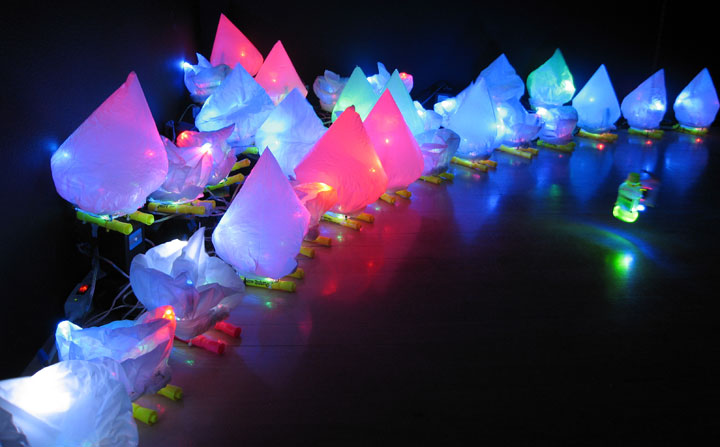"in the last century, defining art has become a challenge. in earlier times, it was identified with time-honoured media such as painting, printmaking and sculpture, and was pursued for aesthetic purposes: the creation of beauty, the achievement of realism or the visual exploration of symbols, for example. in the twentieth century, many aspect of art's traditional definition were augmented as artists started working with non-art media, contexts and concepts. new media included technological tools, installation formats, performances, happenings and earth works. dividers between art genres such as sound, theatre, cinema and the visual arts were torn down, and the dominance of eurocentric forms and ideas were questioned. the traditional barrier between viewer and artwork was challenged. artists pursued many agendas besides the creation of beauty, including conceptualism, cultural commentary and socially engaged interventions" (8).
while it seems that, overall, the discourse has calmed down a bit, i still found this excerpt quite relevant and a nice linear explanation of how art and it's definition is evolving.
so check it out. be ye cool.

Very good post. I must say, however, that I feel this discussion is still very much alive and well--especially as it relates to the ongoing "war" between conceptualists and object makers, and how said practitioners work to position themselves in the market. Discussions related to the"professionalization" of the artist, for example, represent new frameworks for having the same old discussions, namely conversations examining "what is 'real' art and what an artist's role is/should be in contemporary society?"
ReplyDelete